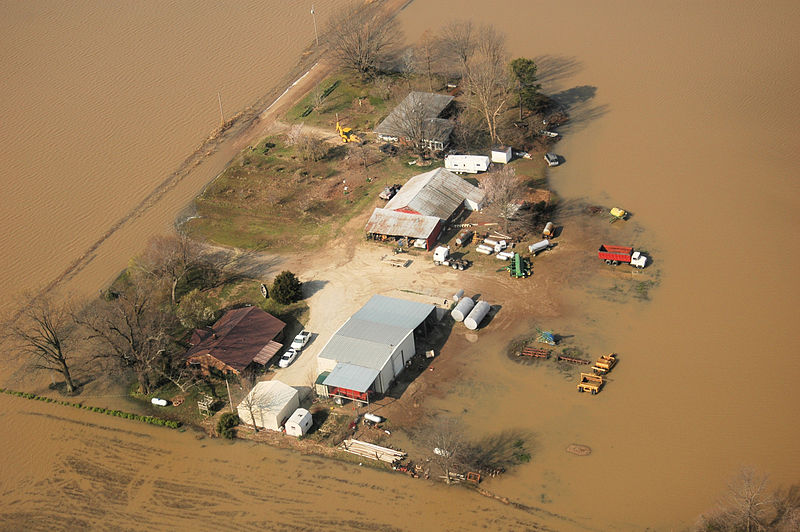There is a notion afoot that our agricultural production can simply migrate toward the poles in the face of climate change as areas in lower latitudes overheat and dry up. Few people contemplate what such a move would entail and whether it would actually be feasible.
One assumption behind this falsely reassuring idea is that soil quality is somehow roughly uniform across the planet. But, of course, this is completely false. Soil quality and composition vary widely, often within walking distance on the same farm. Farmers simply moving north (or south in the Southern Hemisphere) in response to climate change will not automatically encounter soil suitable for farming.
We must also consider that lands not previously farmed may very well be forested. Knocking down the trees and clearing the stumps might make such lands arable. But the loss of carbon storage that trees represent would only make climate change worse.
Quite often we think of rural areas as being undeveloped. But nothing could be further from the truth. Agricultural regions have complex networks involving roads, communications and electricity grids, irrigation systems, grain elevators, farm supply and machinery merchants, rail depots, agricultural research stations and field projects, government-sponsored agricultural assistance centers and the specialists attached to them, and entire towns which act as gathering places and service centers for those working in rural communities. All of this would have to be duplicated in newly opened agricultural lands for which pioneering settlers would have to be recruited. These pioneers would have to want to live in previously unsettled or sparsely settled areas with few amenities.
Unlike previous eras when farming was a way of life for most people and owning farmland was seen as a path to self-sufficiency and independence, these new pioneers will be adopting or continuing an occupation that millions are desperately fleeing around the world—in favor of the excitement and opportunities of the city.
Even if such rural migrations were subsidized (or forced—gasp!), they would take time, probably decades. All the while climate change would be bearing down on crop yields around the world. Would such a grand development project make up for ongoing declines in existing farmland production?
This is just one “solution” offered to us by what I will call the “adaptationists.” The trouble is there can be no assurance that their solutions will actually work. A better approach would be to prevent further climate change as much as we are able (knowing that the lags in the Earth’s climate system will make more change inevitable for the next several decades). The schemes being offered these days include emergency measures such as throwing sulfates into the upper atmosphere to reflect sunlight and constructing large mirrors between the Earth and the Sun to do the same.
The trouble with these approaches is they are all untried, and we have only the smallest inkling of their unintended consequences. Could we end up with a situation that is worse than otherwise would have been the case?
It is important to remember that when it comes to Earth systems, it is impossible to do just one thing. Whenever we do something, we affect the entire system, and we, as limited beings, cannot understand all the possible consequences ahead of time. We think we are acting on objects, and it turns out that we are acting on networks.
Networks have a way of pushing back at attempts to upend them. But frequently we cannot even see the networks we are affecting until they begin to react to our prodding, often in unforeseen and dangerous ways.
We do not know exactly how our agricultural networks will react as they are forced to change in response to the climate chaos we have unleashed. But we can take a much more humble stance by acknowledging that we cannot confidently predict that simply moving our current system toward the poles will allow us to produce all that we are going to need.
We may be faced with adopting systemic changes that include new ways of growing, more people in more places engaged in growing, changing what we grow and eat, and growing much more of what we eat closer to where it is eaten. Some of these changes are already taking place. But they will likely deepen and widen as climate change bears down more and more on our agricultural systems worldwide.
Photo: Northeastern Arkansas, AR, March 26, 2008 — Aerial of an agricultural property flooded by the Black River after torrential rains. FEMA assesses the damage caused by the flooding to help determine if federal assistance is required. FEMA/Samir Valeja. Via Wikimedia Commons.






